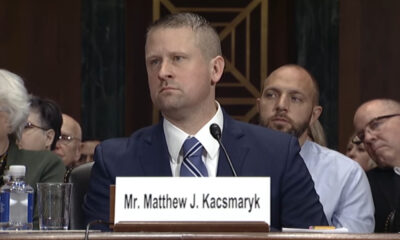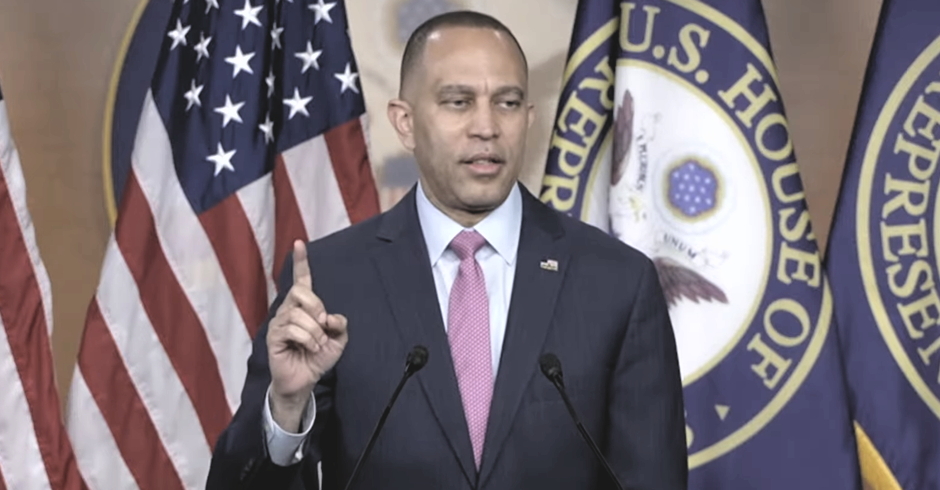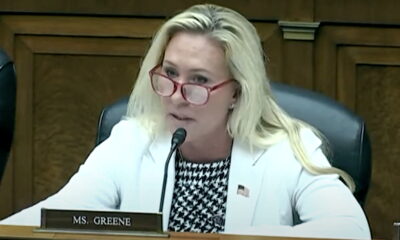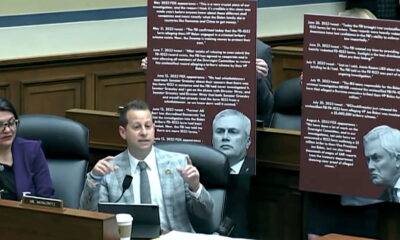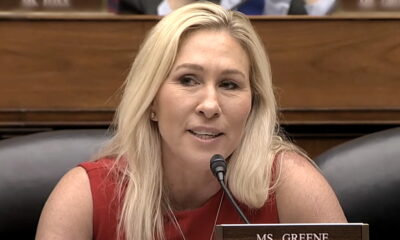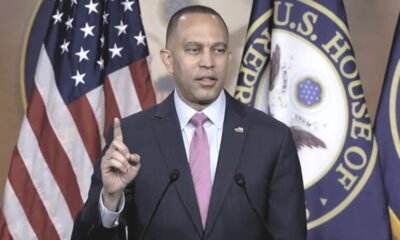News
Supreme Court Rules 6-3 to Overturn Roe v. Wade Abortion Rights
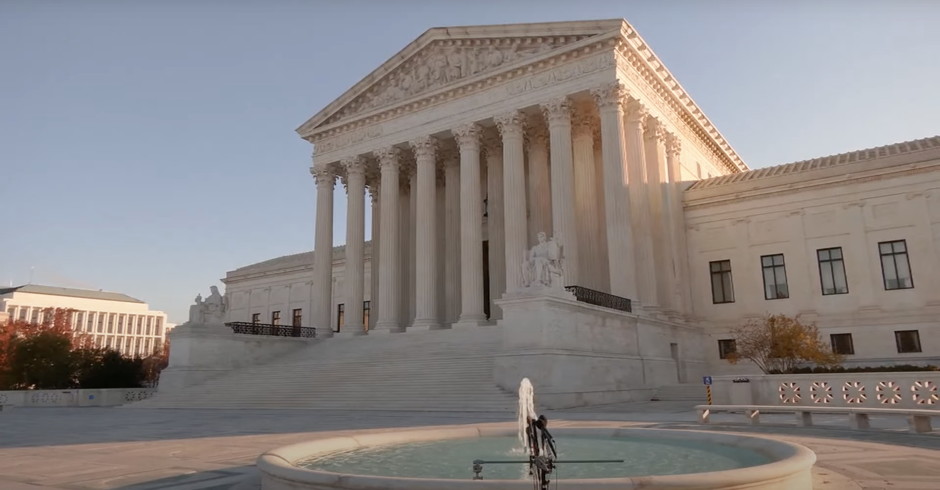
The Supreme Court has voted 6-3 to overturn Roe v. Wade in the case of Thomas E. Dobbs, State Health Officer of the Mississippi Department of Health v. Jackson Women’s Health Organization.
The decision wrote that there is nothing in the Constitution that implicitly protects the right and that the court was wrong to rule on it in its 1972 Roe v. Wade decision.
“Roe was egregiously wrong from the start. Its reasoning was exceptionally weak, and the decision has had damaging consequences. And far from bringing about a national settlement of the abortion issue, Roe and Casey have enflamed debate and deepened division,” Justice Samuel Alito wrote in the majority opinion.
Chief Justice John Roberts didn’t sign on to the majority opinion. Instead, he said that he wouldn’t have overturned Roe but rather just allowed Mississippi’s law to ban abortions after 15 weeks of pregnancy.
Justice Clarence Thomas said the court’s decision in this case could do away with the entire doctrine of “substantive due process” and quickly overrule Lawrence v Texas and Obergefell v Hodges, the two cases that invalidated anti-sodomy laws and legalized same-sex marriage nationwide.
In their dissent, liberal Justices Stephen Breyer, Sonia Sotomayor, and Elena Kagan wrote, “With sorrow—for this Court, but more, for the many millions of American women who have today lost a fundamental constitutional protection—we dissent.”
“Either the majority does not really believe in its own reasoning. Or if it does, all rights that have no history stretching back to the mid19th century are insecure,” the dissenting opinion continued.
A total of 17 states have “trigger laws” that could immediately outlaw abortion if Roe v. Wade is overturned. If these states outlaw abortion, then women who live in these states will likely go to other states where abortion hasn’t been outlawed. This will cause the clinics to be overbooked with appointments for weeks or months out. This means that a woman may not even be able to access a legal abortion, even if she tries to book one within the time period legally allowed by her state.
The case decide by the court today involved Mississippi’s Gestational Age Act, a law passed in 2018 which bans all abortions after 15 weeks since the first day of a woman’s last menstrual period. While the law allowed abortions beyond that time frame in the cases of medical emergencies and cases of severe fetal abnormality, it had no exceptions for rape or incest, essentially forcing women to birth their assailant’s child.
The Mississippi law directly challenged the legal precedent set by the Supreme Court’s 1973 Roe v. Wade decision. That decision established the right for women to get an abortion anywhere before 24 to 28 weeks of pregnancy.
The Jackson Women’s Health Organization, the only abortion provider in Mississippi, challenged the law. Both the U.S. District Court for the Southern District of Mississippi and the 5th Circuit Court of Appeals both struck down the law as unconstitutional.
Dobbs has asked the Supreme Court to “either overturn the constitutional right to abortion or allow states to ban some pre-viability abortions if it does not “burden a substantial number of women,” according to KFF.org.
“For most of the tens of thousands of people each year who obtain an abortion after 15 weeks, however, accessing abortion care earlier is not possible. More than half of second-trimester abortion patients miss the window for a first-trimester abortion simply because of delays in recognizing or suspecting they are pregnant,” KFF wrote.
This is a developing story and will be updated as more details emerge…
Enjoy this piece?
… then let us make a small request. The New Civil Rights Movement depends on readers like you to meet our ongoing expenses and continue producing quality progressive journalism. Three Silicon Valley giants consume 70 percent of all online advertising dollars, so we need your help to continue doing what we do.
NCRM is independent. You won’t find mainstream media bias here. From unflinching coverage of religious extremism, to spotlighting efforts to roll back our rights, NCRM continues to speak truth to power. America needs independent voices like NCRM to be sure no one is forgotten.
Every reader contribution, whatever the amount, makes a tremendous difference. Help ensure NCRM remains independent long into the future. Support progressive journalism with a one-time contribution to NCRM, or click here to become a subscriber. Thank you. Click here to donate by check.
 |





